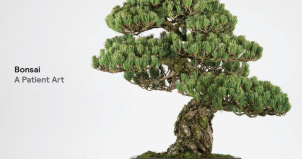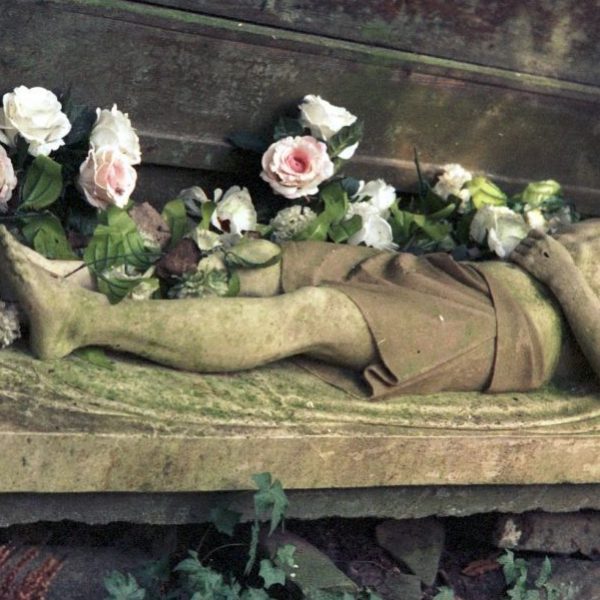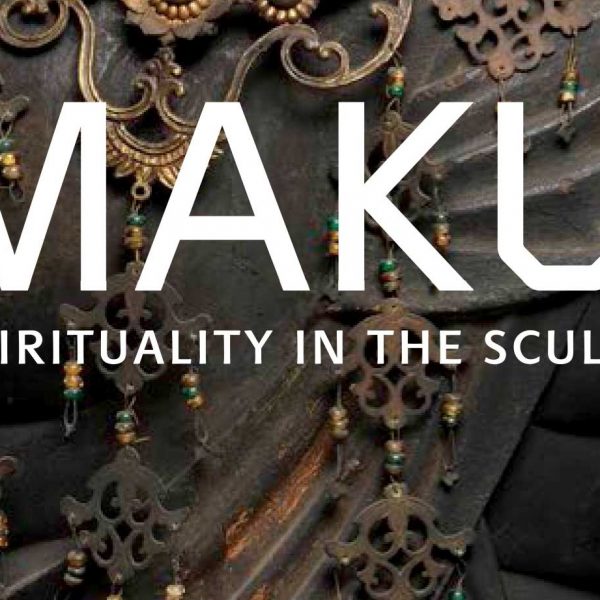Bonsai: A Giving Tree
 Bonsai cultivation is a paradox. It requires you to manipulate nature, but also yield to nature’s supremacy. Our modern lifestyle is controlled by our cellphone clocks and Google calendars, but the patience inherent in growing bonsai renders the practice an act of faith in nature, for nature’s timetable is paramount and. Bonsai: A Patient Art, by Susumu Nakamura and Ivan Watters, is a lush collection of photographs and essays about the bonsai collection in the Chicago Botanic Garden that shows how the art of bonsai rewards dedication and perseverance with a living oeuvre that provides of spiritual fulfillment.
Bonsai cultivation is a paradox. It requires you to manipulate nature, but also yield to nature’s supremacy. Our modern lifestyle is controlled by our cellphone clocks and Google calendars, but the patience inherent in growing bonsai renders the practice an act of faith in nature, for nature’s timetable is paramount and. Bonsai: A Patient Art, by Susumu Nakamura and Ivan Watters, is a lush collection of photographs and essays about the bonsai collection in the Chicago Botanic Garden that shows how the art of bonsai rewards dedication and perseverance with a living oeuvre that provides of spiritual fulfillment.
The story of bonsai begins in China more than 3,000 years ago, where naturally dwarfed trees called penjing were collected and artificially aged. But the Japanese refined the practice into a sophisticated art form early during the Heian period (794-1185). The word bonsai is a combination of two characters that mean “tray” and “to plant,” respectively. Unlike the penjing, bonsai are not naturally dwarfed; rather, they are ordinary trees that have been trained to grow in small pots, resulting in trunks and branches whose uniquely twisted forms together create a captivating display. Bonsai can be grown with any style of plant, but the five most popular choices for bonsai cultivation are azalea, maple, pine, juniper, fig and beech. The practice of growing miniature trees and plants became popular in the West after bonsai was frequently featured at World’s Fairs in Europe and the United States.
The Chicago Botanic Garden planted its first bonsai in 1973. Today, it houses a collection of about 185 bonsai and more than 40 plant types—including evergreen, deciduous, tropical, Mediterranean and temperate trees—that take on 20 growth styles to create a reflective and spiritually rich environment. These plants are potted in glazed or unglazed clay-fired containers that are painted in muted colors to blend in with the overall look of the plant and avoid distracting the viewer. The Chicago Botanic Garden collection, however, also includes companion pieces such as tiny plants, small floral arrangements, or incense burners to enhance the experience. The overall tableau is a verdant work of art that unites humans with nature and their own spirit.
 While bonsai is an artificial creation, its cultivation nevertheless requires a deep understanding of how plants grow and interact with natural processes. It combines human mastery’ with nature’s mystery to create a work that celebrates the contributions of both Man and Mother Nature.
While bonsai is an artificial creation, its cultivation nevertheless requires a deep understanding of how plants grow and interact with natural processes. It combines human mastery’ with nature’s mystery to create a work that celebrates the contributions of both Man and Mother Nature.
Daily maintenance tasks include pruning a bonsai plant’s roots and branches as well as controlling the room temperature to ensure that the bonsai spends a period of time in a cold environment to simulate the winter climate. Susumu Nakamura, a bonsai master who donated 19 of the collection’s most prized plants, makes an annual visit to Chicago from his home in Japan to monitor the plants and provide advice for plant maintenance.
According to Nakamura, there are three guiding philosophical principles when growing bonsai: “wabi” (calm, quiet), “sabi” (simple, old), and “ga” (elegant, graceful). And, as he points out, these three ideas are equally applicable in leading one’s own life. The beauty of bonsai is that there is a conscious respect for ageing and doing so with grace and calm. While our culture of Botox, plastic surgery, and age reversal cream pushes the idea of perpetuating youth and appearing to look ageless, bonsai are made to look old on purpose. The young but artificially aged plant morphs a visual celebration of longevity as well as a solemn acceptance of the passage of time.
In light of this particular attitude, it is a curious coincidence that the English language associates pain with age when the verb “to distress” means both “to subject to great strain” and “to be…upset” as well as “to mar…deliberately to give an effect of age” (source: Merriam-Webster Online Dictionary). While bonsai do not speak, they nevertheless manage to teach us life lessons that do not die with the changing of the seasons.
Watch this short documentary on YouTube to learn more about the bonsai collection at the Chicago Botanic Garden and get a behind-the-scenes look into how Bonsai: A Patient Art was developed.


























I am going to Chicago in May….now this is a great idea: the botanic garden and its bonsai collection!